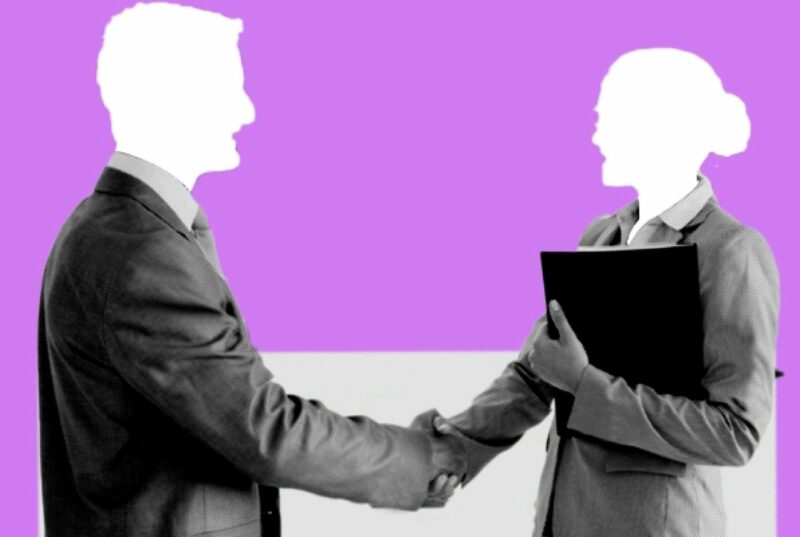Are you an Agile Coach or Scrum Master looking for the "DAKI drop add keep improve retrospective"? Great, then you've come to the right place – the DAKI retrospective is one of my personal favorites (I'll talk about it later). But let me explain it briefly☝🏽
DAKI (Drop Add Keep Improve)
The 4 questions to ask at a DAKI retrospective:
First things first: DAKI is a simple acronym for "drop add keep improve" – Who would have thought that? 😂 Joking aside. The DAKI retro is one of the more unspectacular retrospectives with its 4 fairly simple questions (but you'll see, these questions pack a punch).
This is what the retrospective usually looks like on a digital whiteboard or on paper:

As you can see, even the design is kept rather simple. But as we all know, the devil is in the details (or should I say the strength?)👀
Here are some brief examples of all four questions in advance: "Drop? – Add? – Keep? – Improve?"
Drop: [Optional: Looking at the last sprint / weeks] What should we leave out?
✅Example: E.g., You were not satisfied with this new tool that is supposed to help you prioritize the product backlog. Let’s stop using it.
Add: What should we start with?
✅Example: You have the feeling that not everyone in your team dares to speak up, there is a lack of so-called psychological safety.tSo you think about implementing a Team health check in 3 steps to perform in your team. 👉🏽 More information about: "psychological safety" or "Team health check in 3 steps"
Keep: What should we do as before?
✅Example: You changed your daily, asking only one question. This produced better results, so you should keep it.
Improve: What should we do more of?
✅ Example: It is good to look at agile metrics from time to time, like your team's velocity, to look – Unfortunately, that hasn't happened much lately! We should get better at keeping track of our metrics.
👉🏽More information about: "agile metrics"
By the way, you can also find this retrospective in our Echometer tool and perform online with your team (without registration)🎉
Open Feedback Questions
Drop: What should we drop?
Add: What should we add?
Keep: What should we keep?
Improve: What should we improve?
Daki Retrospective vs. KALM Retrospective🔍
Maybe you noticed, that at first glance there is not much difference between the DAKI model and the KALM retrospective "keep adding less more".
But buckle up tight, because here's why I'd choose the DAKI retrospective over the KALM retrospective any day.
Improve vs. More✨
At first glance, you might not see the difference here, but as I said before, the devil is in the details.
Continuous improvement, in my opinion, is one of the secrets to "becoming the best version of yourself" personally or as a team. But there is so much more to improvement than "doing more of something".
For example, you can improve at things that are important but not yet as good as you'd like them to be. And doing "more" of something is only a tiny fraction of what "improving" entails for me.
And even if the word doesn't seem that much different at first glance – the unconscious processes that go on inside you are very different. Therefore, "improve" takes home the win here for me🏆
Less vs. Drop💭
Now we can take another look at "less vs. drop". – When was the last time you did less of something and why? – For me, it was reducing the amount of time I spent in meetings.
Because meetings have massively worsened my productivity. Nevertheless, there was a reason why I attended these meetings in the first place: "communication" or "information exchange".
So in this case, I wanted to spend less time in meetings, but keep the flow of information in the team. "Fewer" meetings were not the right way for me – I needed to improve the way I shared information with my colleagues (improve according to the DAKI method)🗣
For me, "less" of something is always a sign that I need to improve in that area.
My credo: Either I improve at something (in this case, sharing the same amount of information in less time) or I don't do it at all. And hey, that's what this is all about – less vs. drop?💡
Conclusion – DAKI Retrospective⚡
I don't know about you, but for me, the DAKI (Drop Add Keep Improve) retrospective is the clear winner and one of my favorite retrospective formats to reflect and become a better team week after week.
If you like the Daki retrospective, you'll probably like this too: 54 retrospectives for beginners and professionals.
Do you want to start your first DAKI retrospective right away? Then try our Echometer tool for continuous improvement of agile teams:








